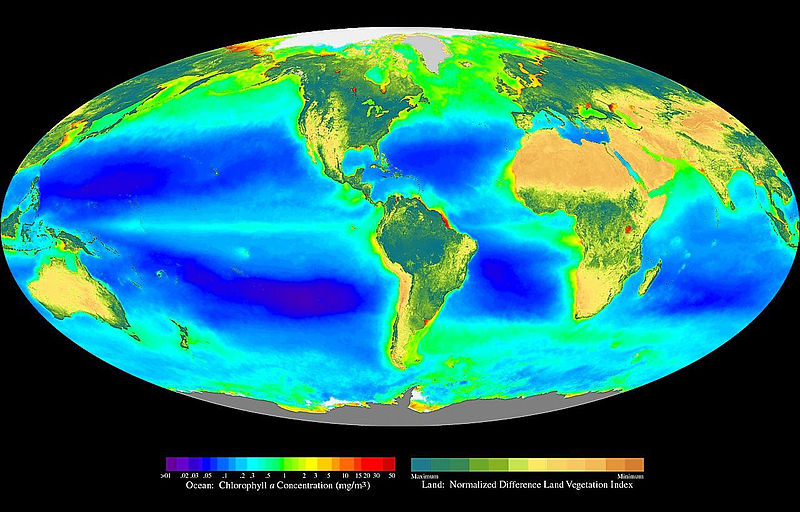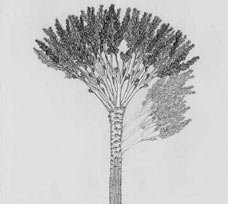Roots are poorly appreciated. They are not observed when we admire a tree’s beauty, and when they are, it is often due to encroaching roots that may be too close to a property’s foundations, or when a ferocious storm has passed. To be honest, they can be aesthetically less pleasing; but there are some beautiful exceptions (see pic).

The magnificent flowing roots of the Ficus
However, roots are more important than leaves; providing not only water and minerals through absorption and nutrients in winter, but also strong anchorage. Roots naturally seek minerals and water so they tend to be found in the surface layer of soil and can extend about 3 times the width of the branches. As oxygen is vital for growth (for the conversion of sugars created by photosynthesis to energy), compacted soil underneath a tree can seriously hinder oxygen transfer and a tree’s health. Sometimes this may take 2 or 3 years to become noticeable. Trees in more arid regions have deeper roots, some such as the Eucalyptus may have roots extending more than 50m into the earth. Access to oxygen in water-logged regions is a challenge and some trees have developed clever adaptations e.g. mangroves extend roots like snorkels above the waterline to gain access to air (see pic), as well as to provide oxygen for their unique desalination process.
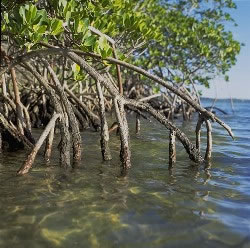
Mangrove roots act as 'snorkels' to get air
Along with roots come all the bacteria and fungi, which are even less appreciated. For some families of trees there are rhizobia, soil bacteria found in root nodules (e.g. legumes) which fix nitrogen from air for the tree’s use. There are also mycorrhiza (see pic), which are root fungi which provide increased absorption of nutrients (including phosphorous and nitrogen) to the tree, while receiving sugars in return. These fungi may have been vital in helping plants colonise land millions of years ago.
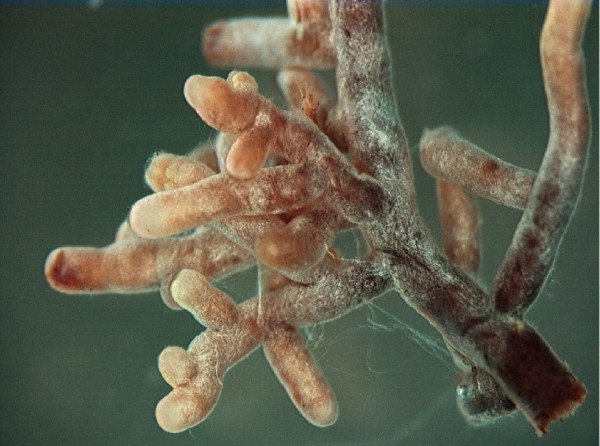
Mycorrhizal fungi have a symbiotic relationship with trees
Not only are roots integral to trees, but they have direct benefits to humans who share the landscape. This is because roots hold valuable soil in place and prevent erosion. Soil erosion is a natural process but has been exacerbated by deforestation and poor farming techniques. For example, Madagascar has lost over 90 % of its original forests and the effects can be seen in the below picture. And let us remember that it takes 500 -1000 years to form one inch of soil.
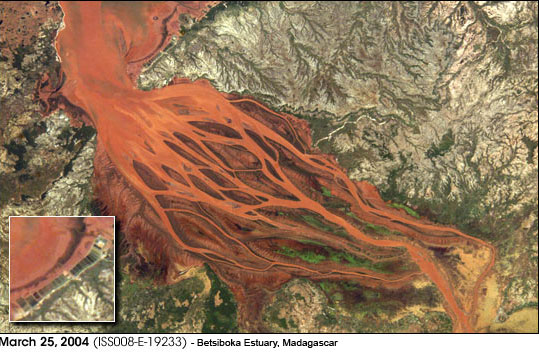
Vast erosion in a deforested Madagascar

